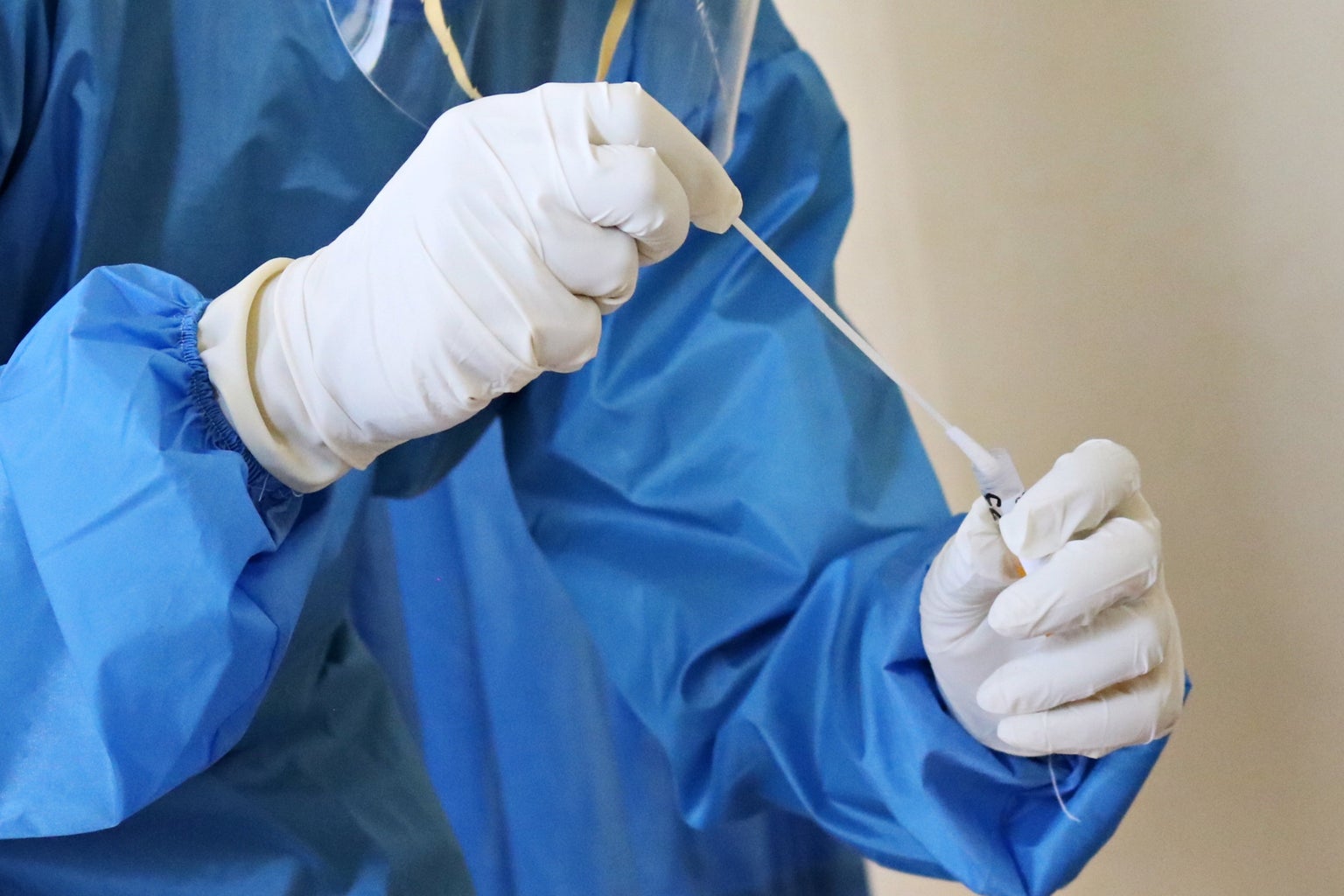As COVID-19 became a growing threat to the United States, the process of detaining individuals who were seeking asylum was changed in order to follow new guidelines created by the Centers for Disease Control and Prevention (CDC). According to the CDC, it is strongly recommended to wear facial coverings and to socially distance at a minimum of six feet when around other people in order to avoid being infected. Knowing these recommendations, it’s important to ensure that detention facilities are equipped to house certain numbers of detainees and that social distancing is enforced. Our nation has a responsibility to keep undocumented immigrants safe from harm in a humane environment—Immigration and Customs Enforcement (ICE) must follow through on its promise to those who are in need.
According to the 2019 National Detention Standards (NDS) for Non-Dedicated Facilities, ICE detains, shelters and deports individuals whom it considers to not have followed the proper procedure when migrating to the United States. The organization’s job by definition is to help these individuals return to their home country or guide them toward the legal immigration process, all while prioritizing their health. Unfortunately, statistics show that this responsibility has not been met. The number of people detained by ICE has shown an upward trend from 1994 to 2019, growing from about 6,785 to over 50,000 people on a daily basis. This means that there are more people being housed in detention centers now than ever, which runs a risk of ICE not being able to accommodate them in a safe and socially distanced manner as described earlier.
The organization has also neglected to report crucial aspects of data that are needed to calculate a stable COVID-19 infection rate among detainees, only reporting overall positive results instead of facility-by-facility and omitting clarification (negative results and pending results). A chart provided by the Center of American Progress illustrates this problem, as 57 percent of detainees have tested positive, a much higher percentage than in the states overall.
There are several reasons for a result like this: rationing of COVID-19 tests (most are administered only to those who show symptoms of the coronavirus), possible overcrowding in shelters (When asked to provide the current number of detainees at their facility that normally houses three thousand people, one correctional center declined to comment.) and assigning detainees who are suspected to have been exposed to COVID-19 to the same living quarters, a practice known as “cohorting.” Cohorting has been further investigated by researchers—they’ve determined that it is a last-resort approach and may actually contribute to the spread of the disease. This conclusion only makes sense; it’s hard to track whether or not a person really had a viable exposure, but making a mistake during this process can be dangerous to an individual who did not contract the virus but is being forced into a living situation with potentially infected people.

Want to see more HCFSU? Be sure to like us on Facebook and follow us on Instagram, Twitter, TikTok, Youtube and Pinterest!



